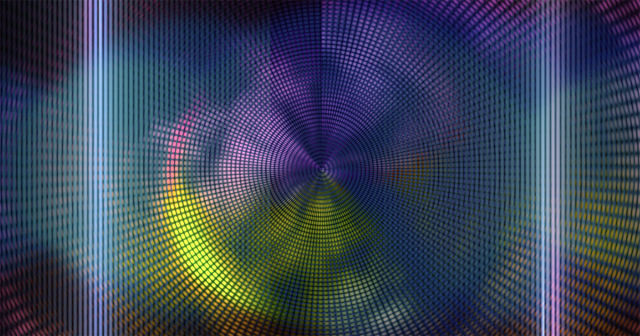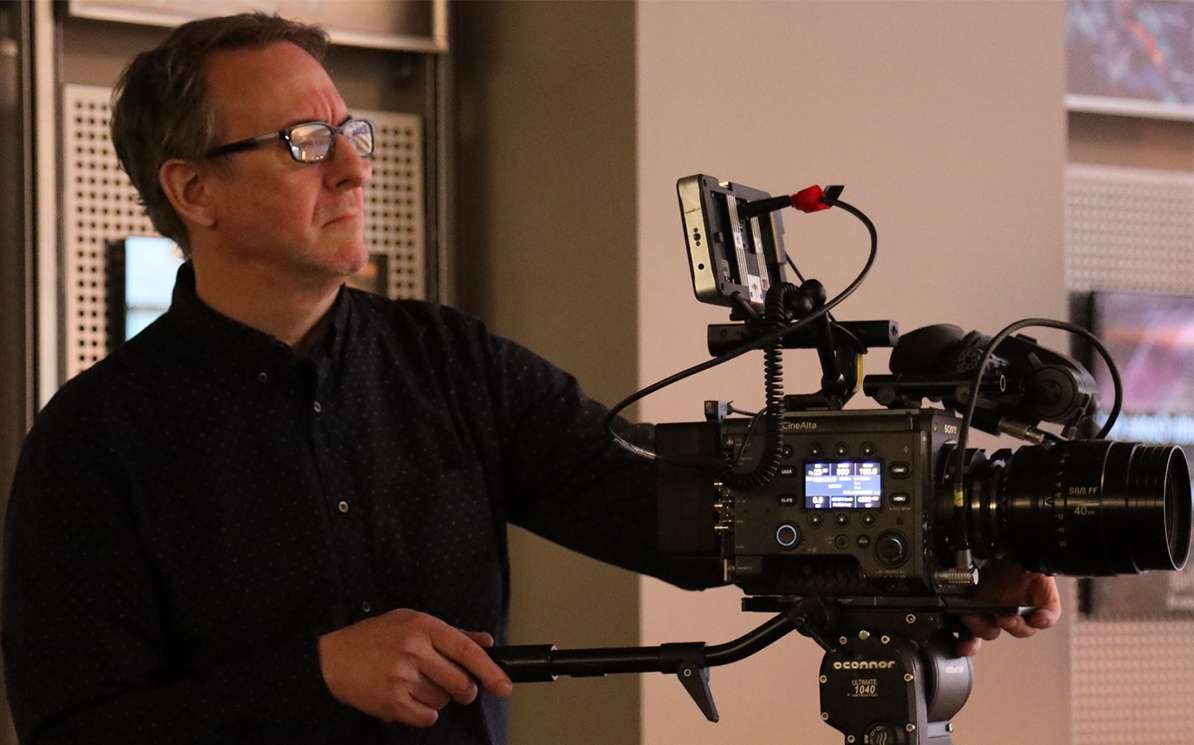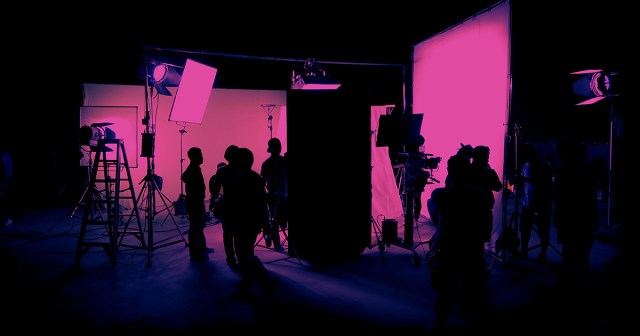
TL;DR
- As formats and distribution options have multiplied, so has the complexity of the camera-to-distro color pipeline for digital cinema cameras.
- Learn why RAW files are your friend, discover some of the pluses for ACES, and find out why it’s important to not rely solely on your production monitor.
- A Cine+Live Lab panel, Color Accuracy: From On-Set to Post at NAB Show New York, featuring AbelCine’s Geoff Smith, will help to demystify the process.
When movies and TV were both shot on and distributed via film, the concept of the color pipeline was infinitely simpler. The process became a lot more complicated when we moved away from standard dynamic range HD rec 709.
And now, with so many different raw and log formats and an enormous number of deliverables for distribution in an array of color spaces, resolutions, aspect ratios, compression schemes and dynamic range specs, a very complex pipeline has evolved between shoot and delivery… with points along the way where things could go seriously wrong.
The whole thing can be head-spinningly complex.
Geoff Smith of AbelCine is perfectly positioned to demystify the color pipeline.
If your work intersects with this process, we recommend his panel, Color Accuracy: From On-Set to Post, at NAB Show New York on Oct. 25 at noon.
Starting his career at Silicon Graphics (what was then the maker of some of the most high-end computer hardware) working on the nascent color management layer for their Unix operating system, Smith was at the forefront of these types of issues — way back when they were the sole domain of cutting-edge visual effects studios.
He also was involved in the earliest iterations of Adobe Photoshop and the ICC profiles required to ensure work retained its look across monitors and printers.
And he was at Lucasfilm during postproduction and release of Star Wars: Episode One in the very early days of digital acquisition for movies.
Smith’s been front and center as digital cinema cameras started to expand beyond the limits of HD to offer log and raw files that can hold more and more (and more) image information.

Smith explains this topic, vital not only to to people who shoot moving images for a living, or hope to, but also for producers, post supervisors, production managers and everyone involved in the image pipeline to comprehend.
As the number and type of deliverables required continues to proliferate, he says, it becomes that much more important to plan your color management from set to delivery. “If somebody eventually goes to derive all the expected deliverables, and you haven’t properly planned your color pipeline, your project can fall apart,” he warns.
“You might even find yourself in breach of contract. I think it’s a business-critical aspect of the process,” he adds. “Before the first shot on the first day, the technical principals should have a strategy and an approach that will facilitate all of the possible versions and contexts for the project as it moves from production to post-production to distribution.”

At NAB Show New York, Smith will lead a panel discussion with experts, covering everything from planning the best practices for shooting, to controlling the look in dailies and then the final color grading process.
They will also discuss the importance of viewing on perfectly calibrated displays, and they will go into the sometimes-opaque world of LUTs and transforms — what matters most and why some LUTs being sold may cause more harm than good.
ARRI has multiple log formats as do Sony, RED and others, all of which are designed to store the very large amount of picture information that the newest sensors are capable of capturing.
The discussion will touch on these and also the intermediate formats, such as ARRI’s and DaVinci’s, which serve as containers that can hold a wider color gamut and more dynamic range than can be displayed. This enables smoother, cleaner adjustments in color grading and allows for images from diverse cameras to be combined into a single timeline for color grading.
By starting out with the RAW files and using an intermediate format to work in, colorists are able to deliver a rec 709, a P3 and, possibly, one of several flavors of high dynamic range imagery — including Dolby Vision, HDR10 (maxing out at 1,000 nits of peak brightness and HDR10+ (supporting 4,000 nits) — essentially using transforms. They might still need to do a trim pass, but previously, different delivery specs required almost a completely different pass for the specs of each delivery format.
The Academy Color Encoding System (ACES) serves the same purpose of these intermediate formats, with some additional precision involved, both in the way it takes in the image data from the camera and the way it can be manipulated through color grading. Smith and the panelists will also touch on ACES: Why many have embraced it as a way to help manage their color pipeline and why some have been less thrilled.
Another aspect of all this is that while HDR delivery is becoming a standard for TV, there is still “a real lack of credible production monitors for observing HDR in the way that it was intended to be observed,” Smith notes.
This means cinematographers have to light and expose for a delivery format they can’t actually monitor, making it important to understand how HDR works and what the images will look like when the dynamic range is expanded far beyond what the set monitor can display.
And it’s important, especially because of the growing prevalence of HDR, to retain as much picture information as possible. Shooting even the highest-level ProRes rather than RAW, “you could regret not having the RAW file,” Smith says, noting that any kind of compression, any reduction in color and dynamic range information, could be problematic when it comes time to deliver the project in HDR.
“A lot of it is about a mindset,” Smith says. Once you think about more than just a single deliverable format but rather about maintaining the artistic intent for a multitude of deliverables in varied formats, all with different ways of rendering color and dynamic range, then you’re ready to make moving images in today’s world.
And for anyone not 100% clear on all of the above, the Color Accuracy: From On-Set to Post panel should go a long way to instilling this all-important mindset.



